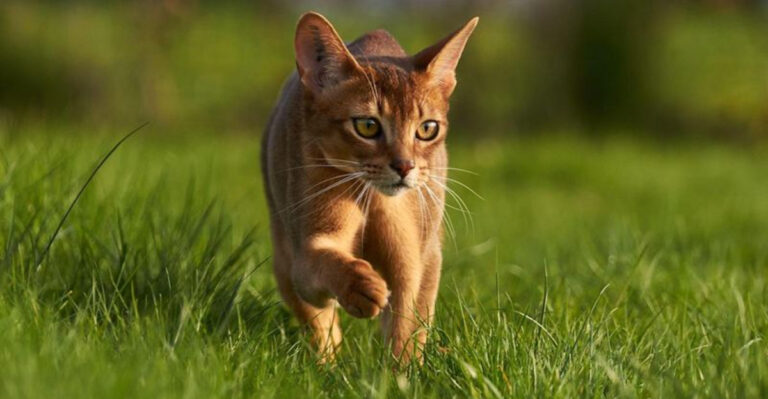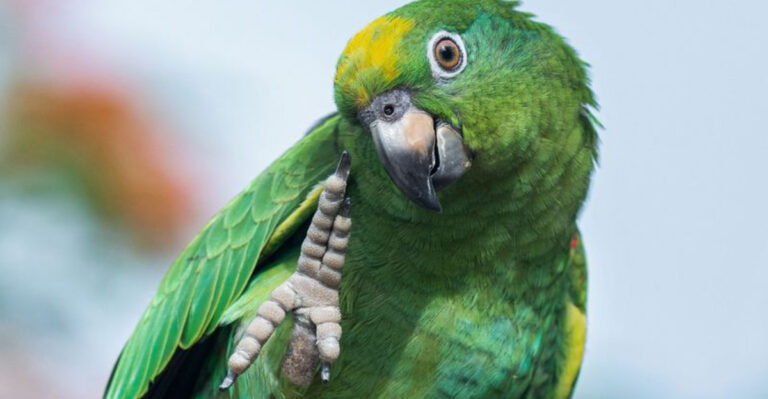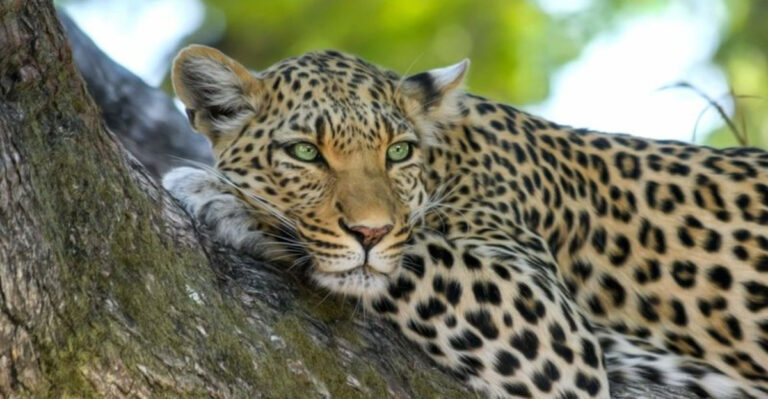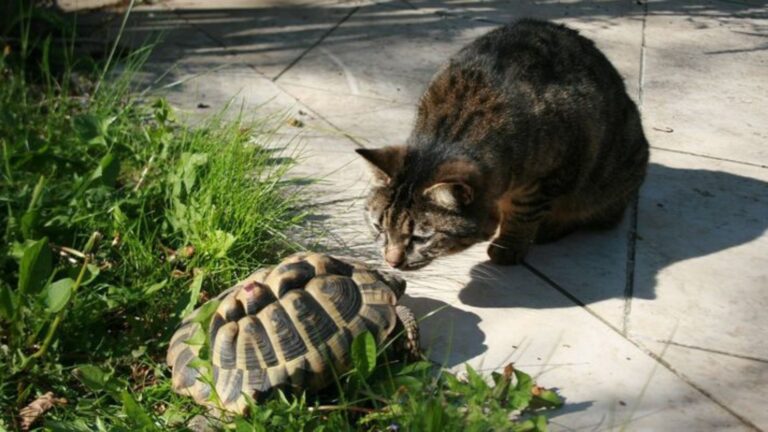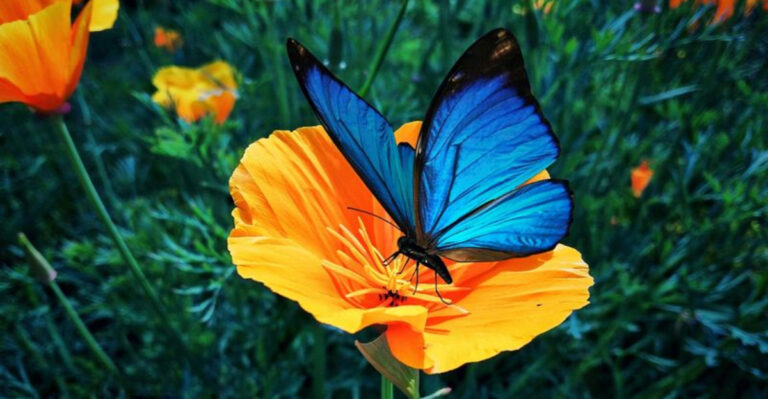Why Amphibians Are Particularly Vulnerable To Global Warming
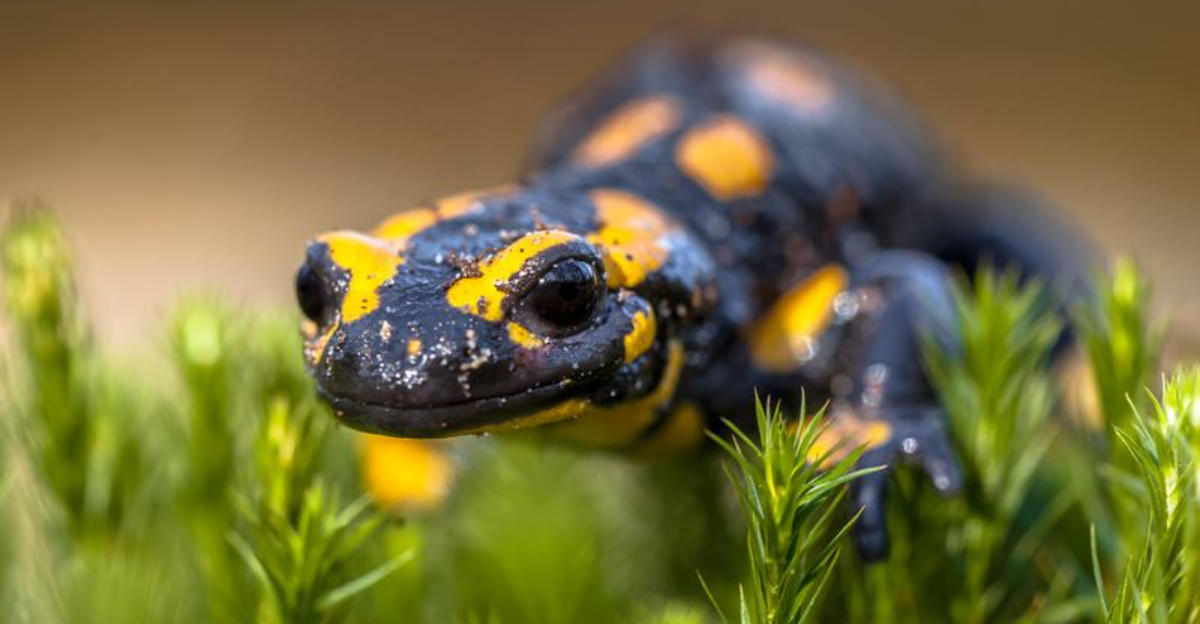
Imagine being able to breathe through your skin! That’s the reality for frogs, salamanders, and other amphibians. This remarkable adaptation is also what makes them early warning signs of our changing planet.
As temperatures rise and habitats change, these moisture-loving creatures face challenges that threaten their very existence.
1. Drying Breeding Grounds
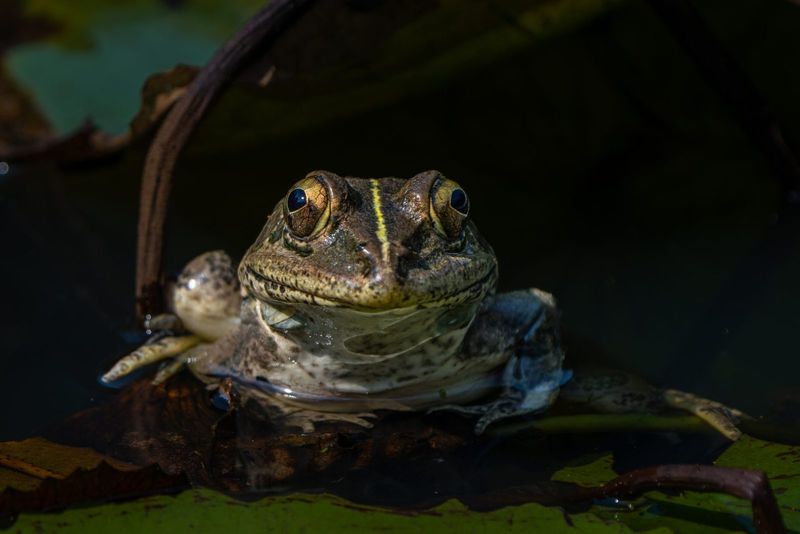
Puddles and ponds aren’t just swimming spots for tadpoles – they’re nurseries essential for survival. When temperatures climb, these shallow water bodies evaporate faster than ever.
Without reliable breeding grounds, eggs dry out before hatching. Many species now find their ancestral breeding sites completely gone during critical reproduction periods.
2. Life Cycle Disruption
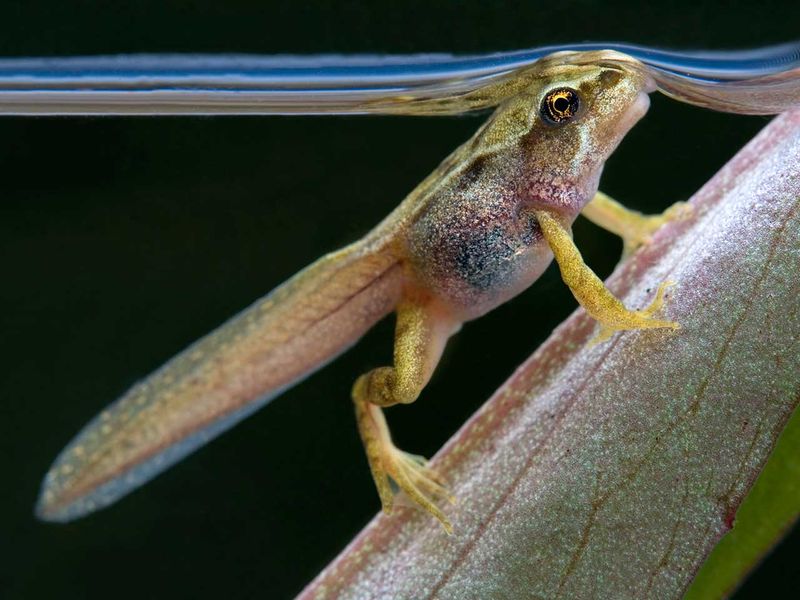
Talk about complicated growing up! Amphibians transform from water-breathing babies to land-dwelling adults through metamorphosis.
Warmer temperatures speed up this process unnaturally. Tadpoles develop too quickly, often emerging smaller and weaker than normal. This rush to adulthood leaves them ill-prepared for survival challenges in their changing world.
3. Permeable Skin Problems
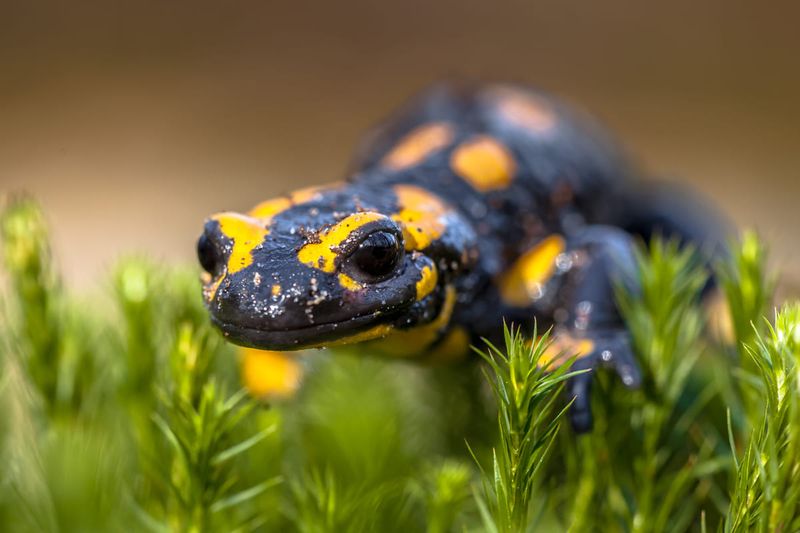
Ever tried to hold a frog? That slippery skin isn’t just wet – it’s actually breathing! Amphibians absorb oxygen and water directly through their skin.
This permeable covering makes them super sensitive to environmental toxins and temperature changes. When air heats up, it dries their skin faster, disrupting this vital breathing process.
4. Narrow Temperature Tolerance
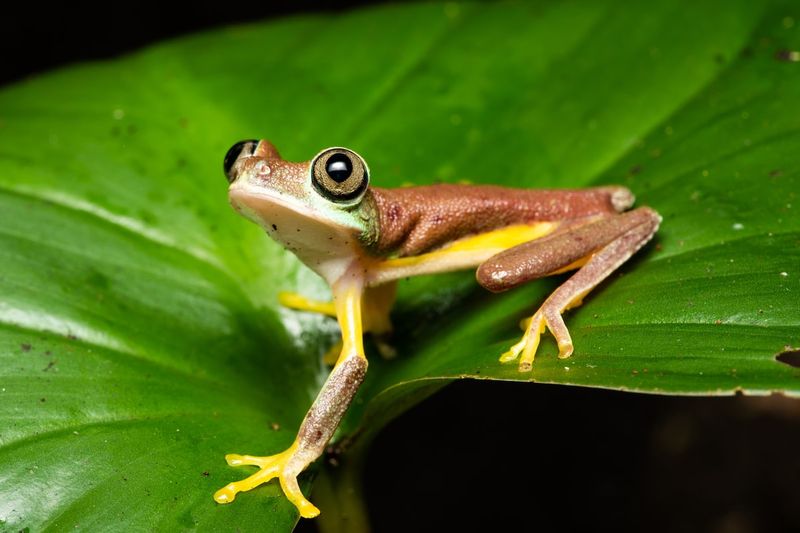
Cold-blooded doesn’t mean cold-loving! Amphibians function best within specific temperature ranges unique to their native habitats.
When environments heat up beyond these comfort zones, their metabolism goes haywire. Even small temperature increases can affect feeding, reproduction, and immune function, making them more vulnerable to disease and predation.
5. Fungal Outbreaks Threaten Survival

Fungus among us spells disaster for frogs! Climate change has helped spread chytrid fungus, a harmful amphibian pathogen, to new regions.
Warming temperatures create perfect conditions for this fungus to thrive in areas it couldn’t before. The disease attacks amphibians’ skin – their primary breathing organ – disrupting electrolyte balance and leading to severe health issues, often with fatal outcomes.
6. Habitat Fragmentation Challenges
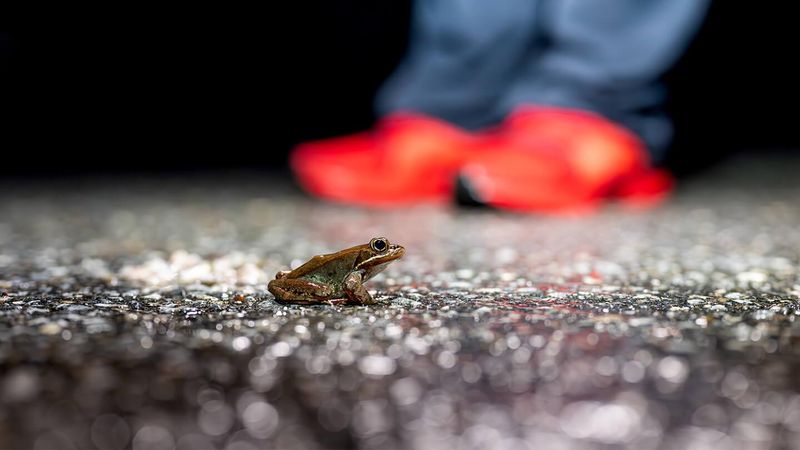
Imagine trying to reach your favorite pond, only to find a highway blocking your path! As climates shift, amphibians need to migrate to suitable habitats.
Unfortunately, human development has created barriers between wetlands. Unlike birds or mammals, most amphibians can’t easily cross roads, farms, or urban areas to reach new homes when their original habitats become too hot.
7. Mistimed Food Availability
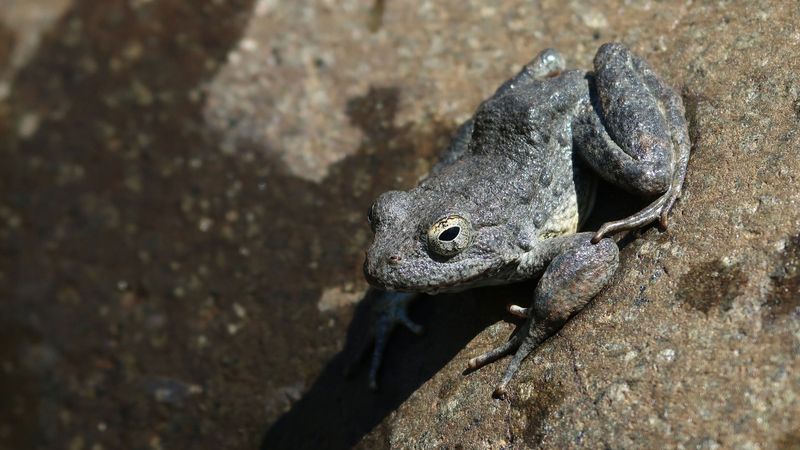
Spring’s early arrival isn’t always good news! When amphibians emerge from hibernation, they expect to find plenty of insects to eat.
Climate change disrupts this timing. Frogs might wake up too early or too late compared to their insect prey. This mismatch leaves hungry amphibians struggling to find enough food during critical growth and breeding periods.
8. Extreme Weather Vulnerability
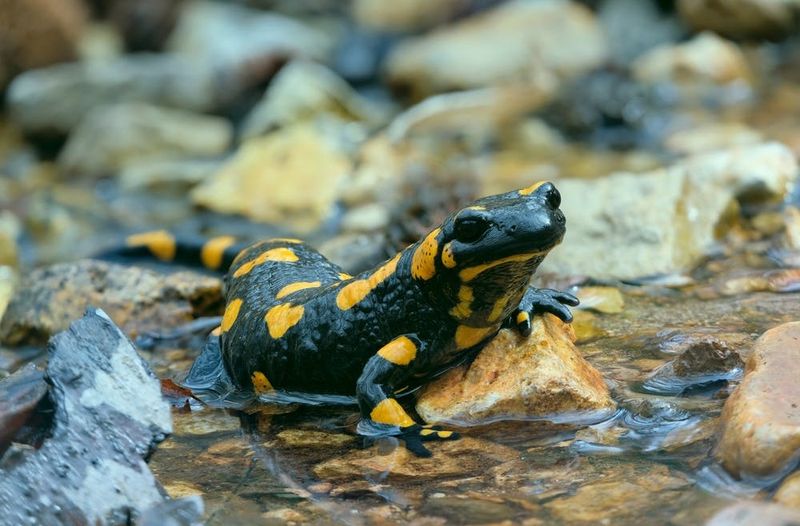
Sudden downpours or extended dry spells spell trouble for these moisture-dependent creatures. Climate change brings more unpredictable and extreme weather patterns.
Flash floods can wash away eggs and tadpoles, while droughts can trap adults far from water sources. Without the mobility of larger animals, amphibians often can’t escape these increasingly common weather extremes.
9. Reduced Winter Hibernation
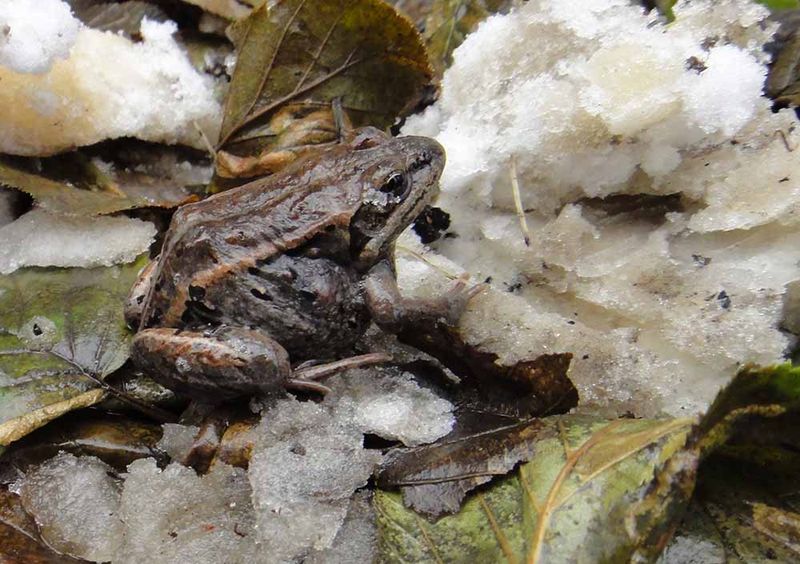
Snooze time matters! Many amphibians depend on a proper winter hibernation period for normal development and reproduction cycles.
Milder winters with insufficient cold periods disrupt this crucial rest time. Without proper hibernation, their bodies don’t receive the hormonal triggers needed for breeding. This leads to reduced reproduction success and declining population numbers.
10. UV Radiation Exposure

Sunburn isn’t just a human problem! Amphibian eggs lack protective shells, making them especially vulnerable to UV radiation.
Climate change has damaged the ozone layer, allowing more harmful rays to reach Earth. This increased radiation can cause fatal mutations in developing embryos, with some species experiencing massive egg mortality even in seemingly pristine habitats.
11. Limited Genetic Adaptability

Evolution takes time that amphibians don’t have! Many species evolved in stable environments over millions of years.
Today’s rapid climate shifts outpace their ability to adapt genetically. Species with small populations or specialized habitat needs have particularly limited genetic diversity, making it nearly impossible to evolve quickly enough to match current warming rates.
12. Harmful Algal Blooms
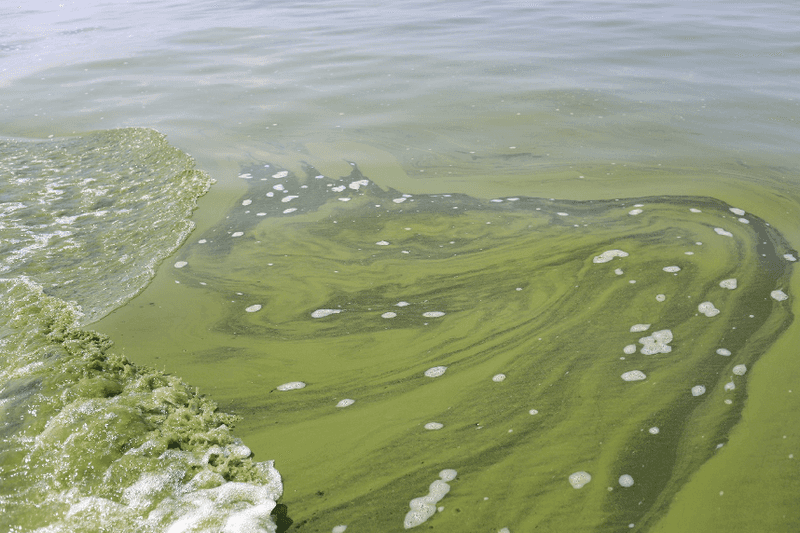
Green water isn’t always paradise! Warmer temperatures promote toxic algal blooms in ponds and lakes where amphibians breed.
These blooms deplete oxygen and release harmful toxins that can kill tadpoles directly. Adult amphibians absorb these toxins through their skin, causing developmental abnormalities and reproductive failures even in survivors.
13. Invasive Species Competition
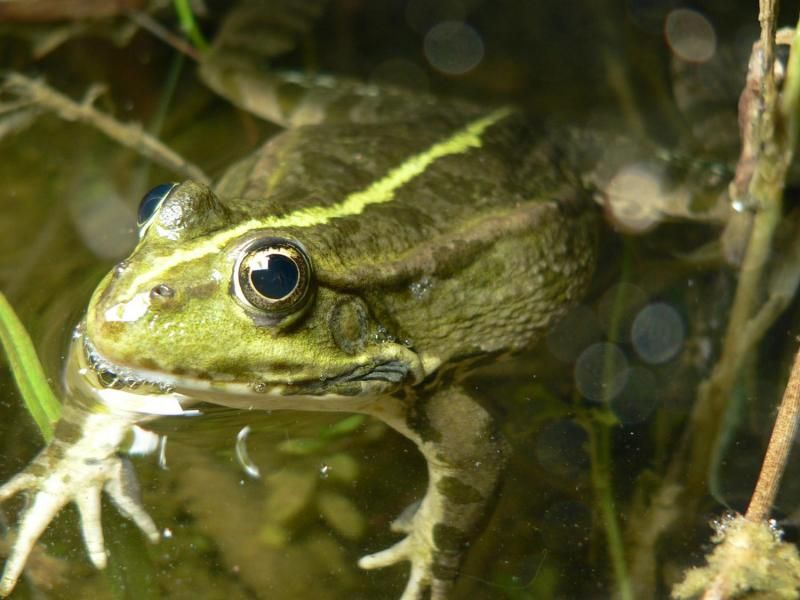
Unwelcome neighbors are moving in! Climate change allows invasive species to expand into previously unsuitable regions.
These newcomers often outcompete native amphibians for food and habitat. Some introduced predators, like certain fish and crayfish, thrive in warmer waters while feasting on native tadpoles and eggs, creating a double threat.
14. Complex Ecosystem Dependencies
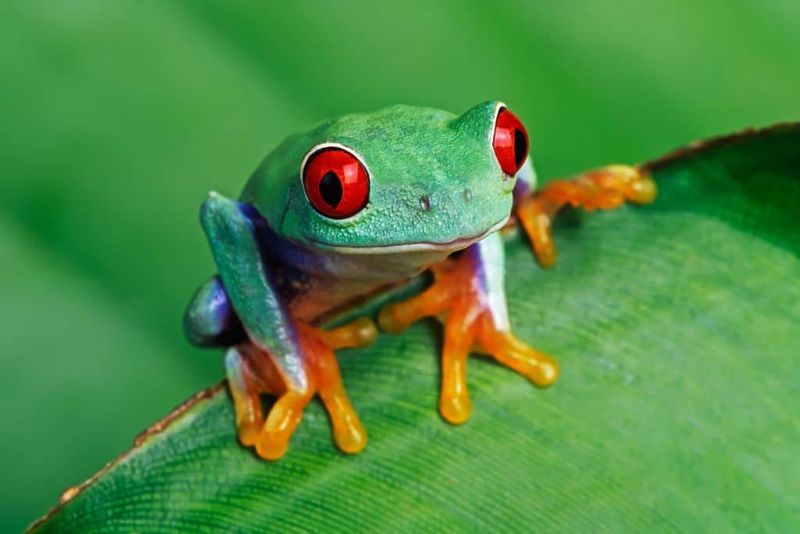
It takes a village to raise a frog! Amphibians rely on intricate webs of relationships with plants, insects, and microorganisms.
When climate change affects any part of this network, it impacts amphibians too. From disrupted plant growth affecting insect populations to changes in beneficial skin bacteria, these complex ecological connections make amphibians especially vulnerable to climate ripple effects.


